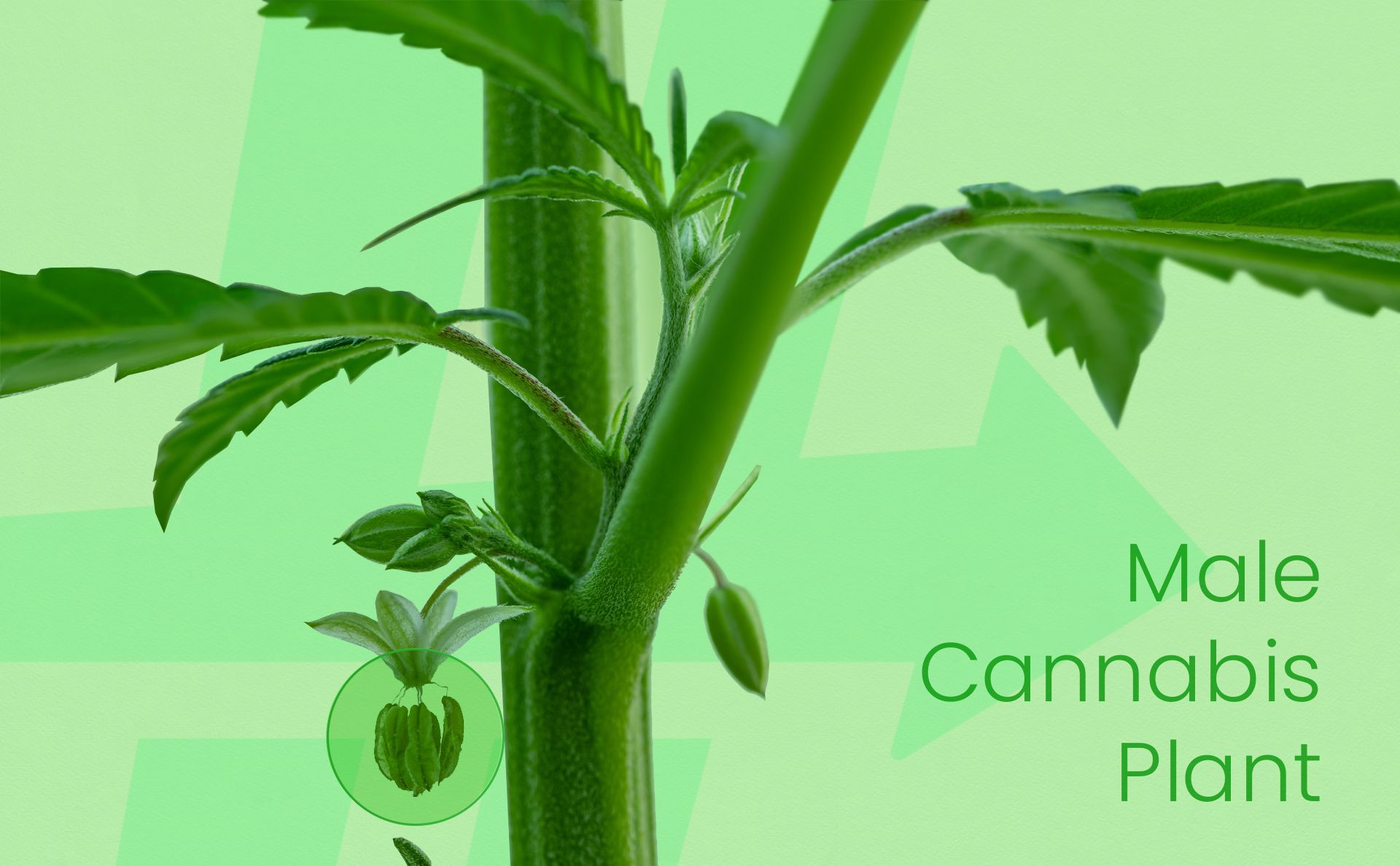Phenotypes
If you’ve ever wondered how your favorite cannabis varieties came to be, we’ve got you covered in this article. Here, we discuss phenotypes, breeding, and so on, to give you a better understanding of cultivar names.

What’s in a cultivar name? If you feel slightly confused about the many names for thousands of cultivars, you’re not alone. This chapter describes where cannabis names originate, which essentially comes down to two things: breeding and phenotypes.
Cannabis breeding is certainly nothing new, as it is an integral part of creating your favorite kinds of cannabis. The botanical practice of breeding has benefited greatly thanks to significant policy reform and legalization throughout the last several years.
Basics of Cannabis Breeding
In the simplest terms, cannabis breeding comes down to male and female plants. The female plants produce the flower that we all know and love. However, breeding is not possible without the male plants that pollinate female plants and offer specific traits of their own.
For instance, a popular choice of cannabis enthusiasts is WiFi 43. This is a hybrid cross of White Fire OG and White Rhino. White Fire OG and White Rhino are known as the parents of WiFi 43.
When it comes to proper breeding, early identification of a male plant is required so the females can produce buds. When males are identified, they must be removed from the females so they don’t pollinate the females. One male can pollinate all the females in a growing area, which can result in thousands of seeds in the flower buds.

Just as the Indica and Sativa classification system is lacking and isn’t an exact science, neither are the genetics of cannabis breeding. As so many plants are the result of countless rounds of breeding, it’s next to impossible to know the exact lineage of the cultivar you’re growing or consuming. Purchasing cannabis products from reputable dispensaries increases your chances of knowing what you’re putting in your body.
Cannabis Breeding: Phenotypes
The cannabis products you purchase at dispensaries and retail locations have been put through a process of countless generations of breeding. The goal behind these processes is ultimately to strengthen plant genetics, stabilize cultivar health and increase the chances that seeds will produce consistent plants.
Just as no human is a replica of their parents, the same holds true for cannabis plants. Many rounds of cross-breeding eventually result in various expressions of the parent female and male plants. Different combinations of various traits in parent plants result in what’s known as phenotypes. Phenotypes are the visual presentation of the plant's genetic traits.
When male and female plants are successfully crossed and a hybrid is developed, a grower selects the phenotype that has the most attractive traits. For cannabis processing facilities with large-scale, commercial outputs, the goal is usually to pick a phenotype that will be best served for mass production.
With home growers, on the other hand, cannabis enthusiasts tend to favor phenotypes that best suit their preferences. If you are looking to dive deeper into Growing Cannabis at Home, be sure to check out our chapter on the subject, if you haven’t already.
What We Learned: Phenotypes
Phenotypes and cannabis genetics are crucial things to learn when building your knowledge of this dynamic plant. The more you understand what traits to look for in your plant genetics, the better your consumption experience can be. Here are some of the key takeaways from our Phenotypes chapter:
- When it comes to the names of your favorite cultivars, the two most important things to learn about are breeding and phenotypes.
- Cannabis breeding comes down to males pollinating female plants. Breeding, like the outdated Indica vs Sativa classification, is not an exact science.
- Different combinations of various traits in parent plants result in what’s known as phenotypes.
- Commercial processing facilities tend to select phenotypes for mass production, while home growers will select phenotypes that best suit their preferences.
Now that you understand the basics of cannabis genetics and growing at home, it’s time to dive into our last chapter on The Cannabis Plant. Answer the question below and get ready to learn about the Indica vs Sativa vs Hybrid debate.
Test your knowledge, track your progress and earn your badge.
What traits do growers typically look for when selecting phenotypes?